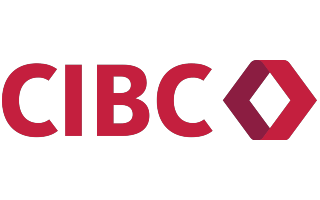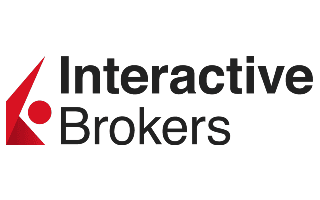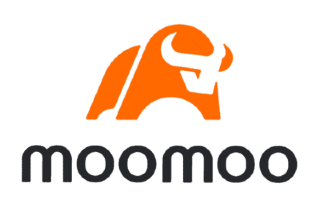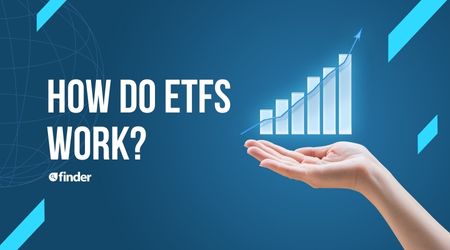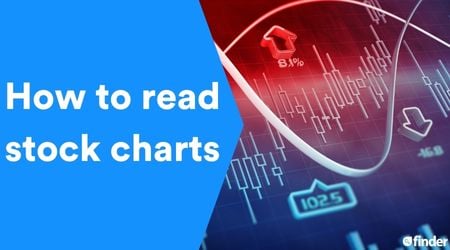Wondering what dollar-cost averaging is and if it’s the right strategy for you? This is a question many new and seasoned investors ask when looking for ways to grow their money with minimal risk. By investing consistently over time with this strategy, you can reduce the impact of market ups and downs while focusing on long-term growth. Here’s what you need to know about dollar-cost averaging.
What is dollar-cost averaging?
Dollar-cost averaging is an investing strategy that involves contributing a fixed amount to a fund or stock portfolio at regular time intervals, regardless of stock prices or market movements at any given time.
When the prices of your chosen stocks or funds go up, your fixed investment will buy fewer shares. When prices go down, it nets you more shares and reduces your average cost per share over time.
Often used with index funds like the S&P 500 or the Nasdaq Composite, this strategy reduces the impact of market volatility and removes the need to time your purchases perfectly.
Dollar-cost averaging example
Let’s say you decide to invest $1,000 in stock ABC on the first of every month for five months. Assume the following table indicates how the price of the stock moves in the first five months.
| Month | ABC stock price | Shares purchased | Shares owned | Value of investment |
|---|---|---|---|---|
| January | $20 | 50 | 50 | $1,000 |
| February | $18 | 55.55 | 105.55 | $1,899.90 |
| March | $21 | 47.62 | 153.17 | $3,216.57 |
| April | $19 | 52.63 | 205.8 | $3,910.20 |
| May | $22 | 45.45 | 251.25 | $5,527.50 |
By May, a total investment of $5,000 ($1,000 X 5 months) is worth $5,527.50. Had you decided to invest that total at any one of those months, your investment might have ended up higher or lower.
In this case, the average price of the stock was $19.90 per share (total amount invested / total number of shares owned = average price per share), which is almost the same as the original purchase price, but it’s lower than the stock’s highest price.
By using a dollar-cost averaging strategy, you reduced the impact of volatility in the stock price over time.
How to use dollar-cost averaging
One of the easiest ways to apply the dollar-cost averaging strategy is by setting up automatic contributions to a tax-free savings account (TFSA) or registered retirement savings plan (RRSP). Then, you can use the money to buy ETFs, index funds or individual stocks on a consistent schedule. Any growth in a TFSA is tax-free, while RRSP earnings are tax-deferred.
You can also use a stock trading account. Many brokerages, like Questrade or Qtrade Direct Investing, offer commission-free trades for stocks and ETFs, making it easier for you to get started. You can even set up automatic monthly investments, so you don’t forget.
How often should you invest with dollar-cost averaging?
The frequency of your investments depends on your budget, goals and the account you’re using.
- Monthly contributions are popular because they align with paydays and are easy to automate.
- Weekly or biweekly contributions can work well if you want to invest smaller amounts more frequently, potentially capturing more short-term market dips.
- Quarterly contributions are less common but may suit investors who prefer larger lump sums.
Benefits of dollar-cost averaging
Investors use dollar-cost averaging as it has plenty of advantages, including:
- Reduces the impact of market volatility. By investing a fixed amount regularly, you buy more shares when prices are low and fewer when prices are high, smoothing out the effects of short-term market swings.
- Removes the need to time the market. Dollar-cost averaging takes the guesswork out of investing. You don’t have to predict market highs or lows, and you can focus on steadily building your portfolio without stress over market swings.
- Encourages disciplined investing. Regularly contributing to your investments builds good financial habits and helps you stay focused on long-term goals rather than reacting emotionally to market movements.
- Makes investing more accessible. You can start with small amounts, even $50–$100 per month, making it easier for beginners or those without a large lump sum to begin investing.
Risks of dollar-cost averaging
While there are plenty of benefits of dollar-cost averaging, there are some risks as well, such as:
- Lower returns in a rising market. If the market steadily trends upward, lump-sum investing at the start could yield higher returns than dollar-cost averaging.
- Discipline required. Dollar-cost averaging only works if you consistently invest on schedule. Missing contributions or stopping during market dips can reduce the strategy’s effectiveness.
- Limited protection against long-term declines. While dollar-cost averaging helps smooth short-term volatility, it doesn’t protect you from prolonged market downturns or poorly performing investments.
- Transaction fees and costs. If your brokerage charges fees per trade, frequent small purchases could eat into your returns. Low-cost or commission-free platforms can help mitigate this risk.
Automatic investing plans
Many brokers provide automatic investing plans. These strategies allow you to contribute fixed amounts of money automatically from your bank account to securities such as a mutual fund at set time intervals. Here are some popular picks.
| Broker | Account minimum | Fees | Highlight |
|---|---|---|---|
| Wealthsimple | $0 |
| Buy and sell cryptocurrencies with Wealthsimple Crypto |
| CIBC Investor's Edge | $0 |
| Special pricing for students and active traders |
| Qtrade Direct Investing | $0 |
| Lots of research tools |
| Moka app | $0 |
| Rounds up your purchases to the nearest dollar and invests the change in ETFs |
| Justwealth robo-advisor | $5,000 (no minimum for RESP accounts) |
| Low management expense ratio |
Before you kick off your dollar-cost averaging strategy, you’ll need to open a stock trading account with a broker. Here are some of your choices.
Ready to use dollar-cost averaging? Compare brokerage platforms
Finder Score for stock trading platforms
To make comparing even easier we came up with the Finder Score. Trading costs, account fees and features across 10+ stock trading platforms and apps are all weighted and scaled to produce a score out of 10. The higher the score, the better the platform—it's that simple.
Tips for dollar-cost averaging
- Automate your contributions. Set up automatic investments through your TFSA, RRSP or brokerage account to ensure consistency and remove the temptation to skip contributions.
- Choose low-cost investments. Use ETFs, index funds or commission-free trades to minimize fees, which can lower your return when investing frequently.
- Stay consistent during market swings. Don’t stop investing when the market drops. Dollar-cost averaging works best when you remain disciplined through ups and downs.
- Look for quality investments. Take time to research and select your stocks, ETFs or funds carefully and review your portfolio periodically to make adjustments as needed.
Bottom line
Dollar-cost averaging is the process of dividing your total investment in a stock or fund into fixed investments at set time intervals. When done correctly, this strategy can help hedge against volatility and earn strong profits in the long run. Before you invest, compare stock-trading platforms to find one that’s right for you.
Frequently asked questions about dollar-cost averaging
Sources
More guides on Finder
-
8 sports stocks to watch
Want to invest in sports companies? We’ve put together a list of sports stocks you should keep your eye on.
-
What is a stop-loss order?
Learn how a stop-loss order can help you limit losses or lock in profits when trading.
-
Best renewable energy stocks
These are the best renewable energy stocks to buy now in Canada.
-
10 gold stocks to watch
Check out some of the best gold stocks to buy right now in Canada based on company performance.
-
Best stocks to buy right now in Canada
Finder’s unique algorithm found the 20 best TSX stocks to buy right now.
-
Guide to investing in inverse ETFs in Canada
Your guide to inverse ETFs, their pros and cons, and how to invest in short ETFs.
-
Guide to 10 of the best ETFs in Canada
Learn how to choose the best ETFs to buy right now in Canada.
-
What is micro-investing?
Round up your spare change into big bucks with Canadian apps designed for saving, depositing and investing.
-
How to invest in gold
Compare four ways to invest in gold in Canada and learn the pros and cons of investing in gold.
-
Best investment accounts in Canada
Compare defensive and growth investments to find the best investment accounts in Canada for you.


